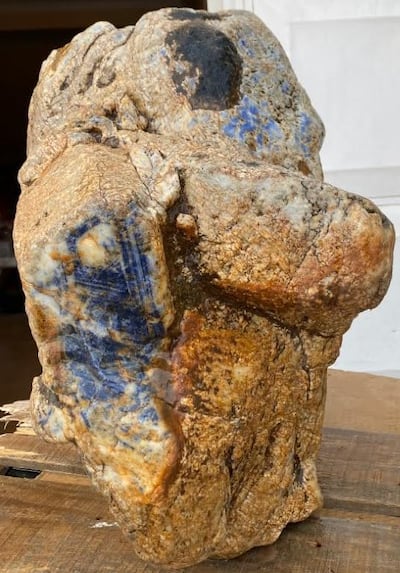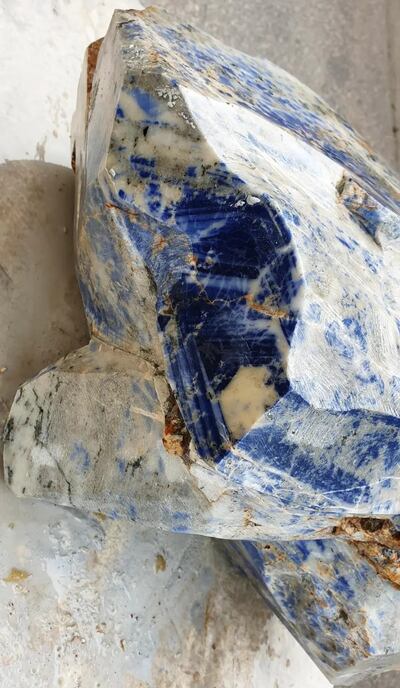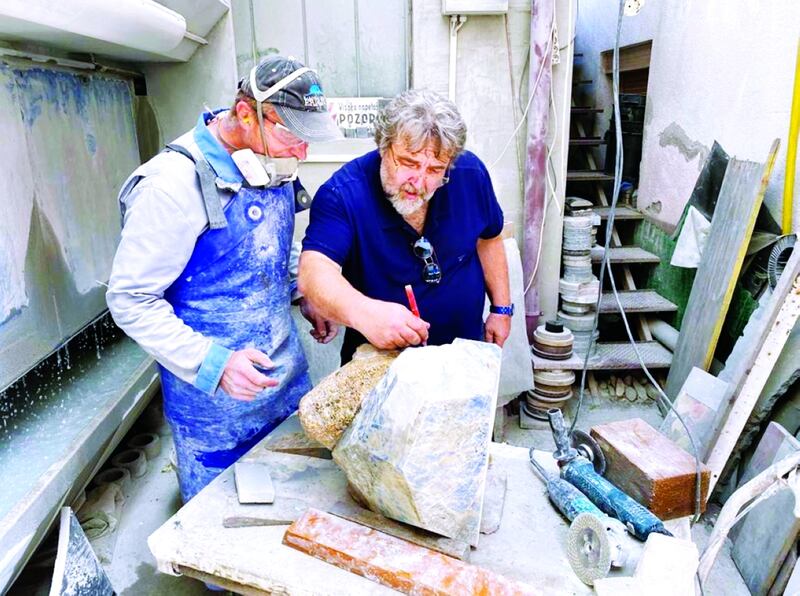The world's largest uncut sapphire is coming to Dubai this spring.
Called the Priceless Sapphire, because its owner considers it to be "impossible to evaluate", it is officially the largest 100 per cent natural blue and white sapphire in the world.
Weighing more than 90kg, and measuring at 451,000 carats, it was certified as the largest carved sapphire in the world by the Guinness World Records in December 2020. 2020. Now, the huge, irregularly shaped precious gemstone is being brought to the UAE.

“The world’s biggest sapphire is going to the world's most expensive city,” says Leon Pogelshek, founder and owner of SM Share Management AG, the company that owns the stone. Ahead of the official unveiling, Pogelshek will host investors and industry leaders to discuss the rare stone in Dubai on Wednesday. The stone will be unveiled in spring, although no date has been confirmed.
Unearthed in Mananjary, Madagascar, in 2019, it was held at the Institute for the Protection of Cultural Heritage in Slovenia, and is now owned by the Zurich company SM Share Management AG.
When it was discovered, the stone weighed 140kg, and was covered in 20 to 30kg of hardened crust that had to be removed before the true nature of the find was revealed. Sapphires are from the corundum family, which also includes rubies, and are characterised as dense, compact minerals — the second hardest after diamonds.

Madagascar is rich in gold and precious stone deposits, including rubies, sapphires and emeralds, as well as semi-precious stones such as beryl, aquamarine, tourmaline, topaz and garnet. Madagascan gemstones are considered to be of exceptional quality. One of the world’s largest emeralds, the Heaven’s Gift, was mined in the country in 2007.
Despite the rich natural resources, however, the majority of the Madagascan population live in extreme poverty and below the line of poverty as defined by the World Bank. The result is widespread illegal and unregulated mining that both degrades the soil and endangers lives.






